By Keva York
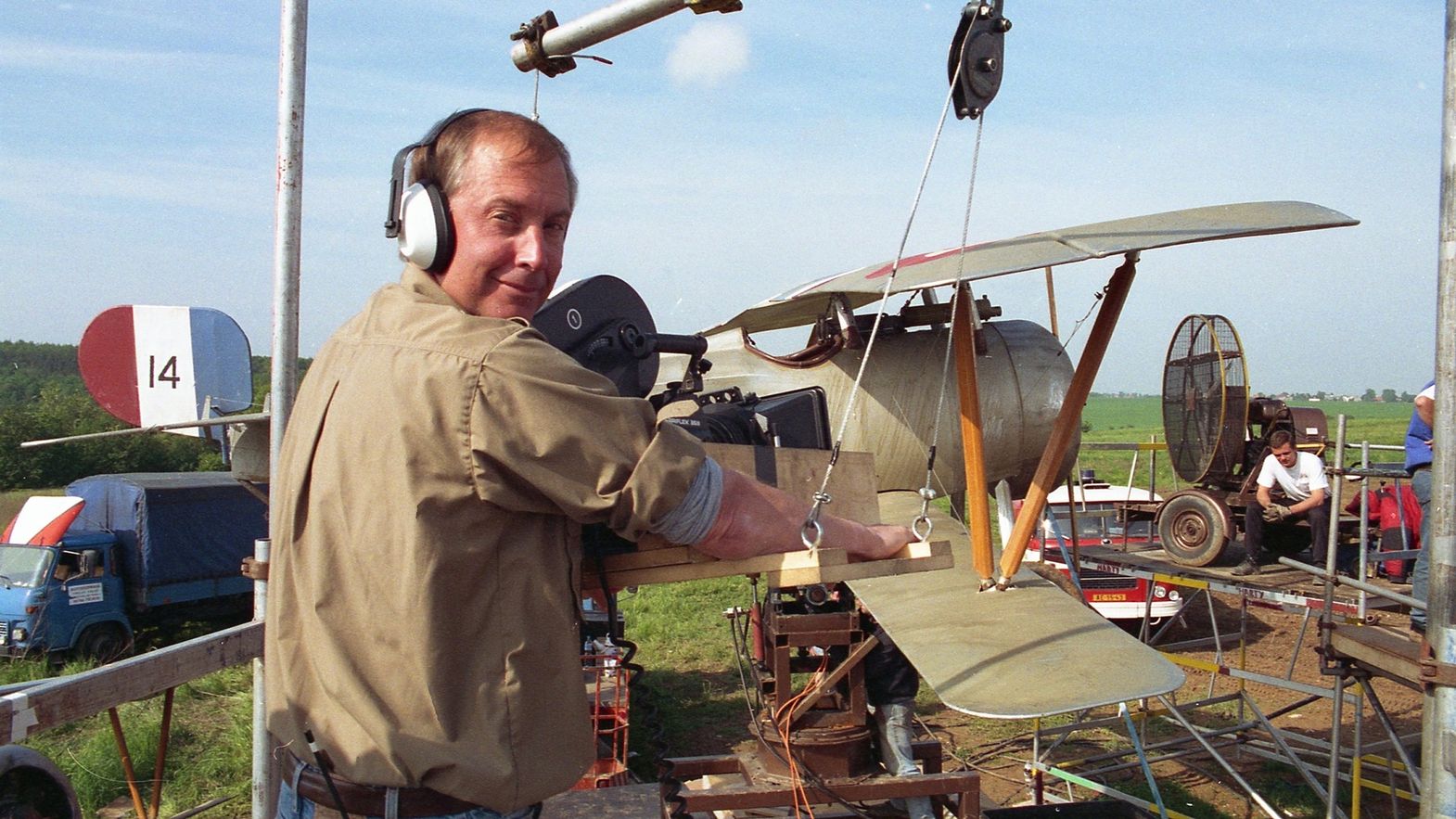 ©Ep2-Lucasfilm
©Ep2-Lucasfilm
Just as Indiana Jones has quested for relics imbued with supernatural powers, so too has Ben Burtt quested for sounds with the power to give life to the cinematic image. While still in his twenties, Burtt was recruited by Lucasfilm to design the sounds for what would become Star Wars (1977), which would reshape the principles of science-fiction sound design – and launch his career into hyperspace – with the creation of such iconic effects as the lightsaber’s static-y buzz, Darth Vader’s machine-assisted breathing, and R2D2’s endearing bleeps. Burtt’s innovation lay in his attunement to the multivalent potential of real-world sounds: instead of relying on synthesizers, he could find inspiration in the humble hum of a film projector or the crackle of a broken microphone cable.
Through his contributions to the original Star Wars trilogy and then to the rollicking Indiana Jones adventures and E.T. the Extra-Terrestrial (1982), Burtt helped define that thrilling first wave of Hollywood blockbusters – and he has continued to break cinematic ground, working on the Star Wars prequels (as sound designer and editor), two Star Trek films – Star Trek (2009) and Star Trek Into Darkness (2013) – and WALL·E (2008).
Ahead of Ben Burtt's receiving the Vision Award Ticinomoda at Locarno77, Pardo asked him to share some tales from his five-plus decades as a sonic treasure hunter and designer in Hollywood.
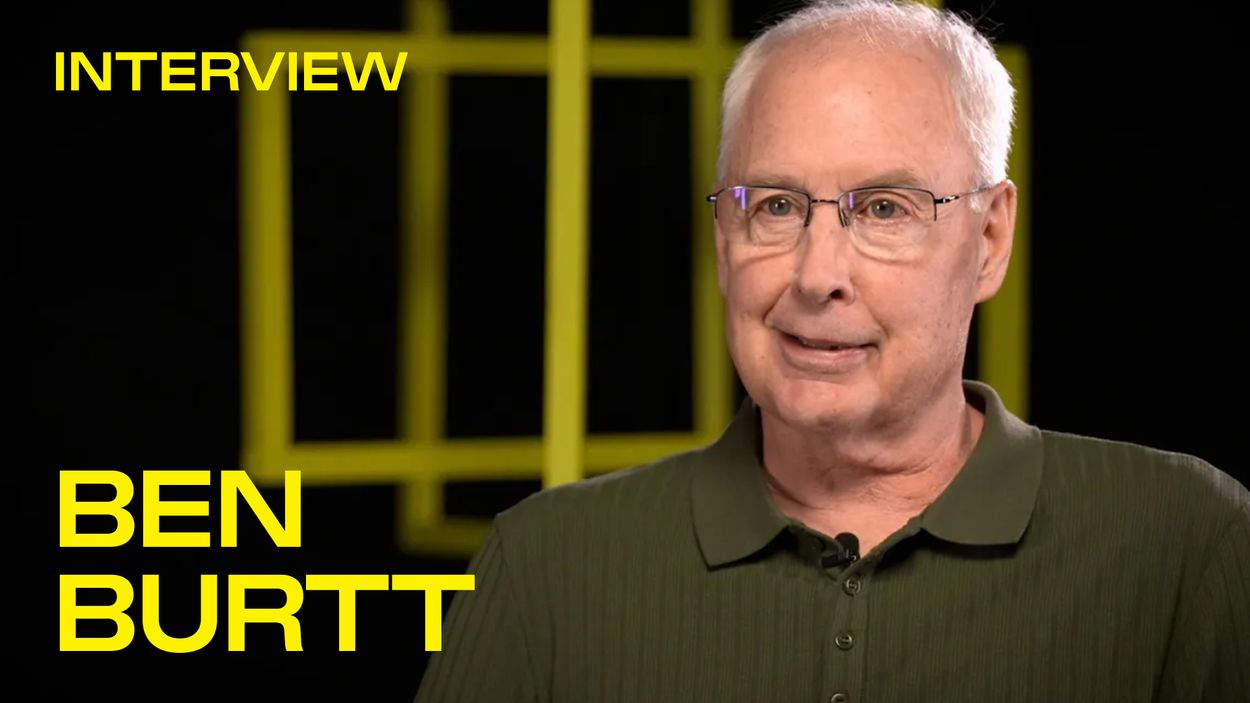
Keva York: A number of your most famous sounds, from the Star Wars lightsaber to the voice of E.T., have their basis in accident and in everyday objects, and that actually makes me think of Andy Warhol – he always kept his tape recorder on him, and referred to it as his wife. I wanted to begin by asking, do you have a Warhol-like attachment to your recording equipment?
Ben Burtt: From the time I started doing sound in the movie industry, I realized that if I carried a tape recorder with me, I was likely to find very interesting and useful things along the way, even if I don’t know what they might become. When I started in 1975, in the early days of Star Wars, of course, the equipment was gigantic: I had a 30-, 40-pound suitcase with gear in it. If I took that on vacation, my family always wondered, “What is this thing rolling along with us?” But we wouldn't have the blaster sound today had we not dragged along that heavy tape recorder – in fact, it was a Swiss tape recorder, a Nagra. We were hiking in Pennsylvania and we went over a ridge top and under a radio tower, and we bumped into some cables that were holding the tower up – and I heard that wonderful twang sound. I said, “That's a laser gun,” and recorded it right then and there. That was an accident, but I was prepared for it to happen.
Nowadays, recorders have gotten down to iPhone size, or even smaller if you want them to be. One time, maybe it was 10 years ago, when I was working on The Phantom Menace (1999), I went to the store to get a cold drink, and inside the fridge was a really great humming sound – something was broken, and the fans were sort of talking to each other. So, I took my little recorder from my pocket and put it in there. I pretended to shop for a while, and when I came back, I had this wonderful recording. That became an electric, shimmering force field.
Lucas and Spielberg were very open – you could experiment and they were willing to listen. You don’t often have that opportunity nowadays.
KY: The right sounds don’t always simply fall into your lap, though. I know that creating R2D2’s voice was difficult, and that it took a long time to get the right combination of robot and expressivity. Are there other sounds that proved as elusive?
BB: Well, it happened more on Star Wars than other movies, because Star Wars was dealing with fantasy and often there was no precedent for what we were going to hear. That was the case with R2: there maybe hadn’t been a talking robot in movie history that made sound that wasn’t human speech, so I couldn’t look back and say, “What have people learned about this in the past?” You'd be surprised though: even in ordinary, non-science-fiction movies there are challenges, because movie sounds are a caricature of the natural world. It's all subjective, there are no rules to it.
People will have different perspectives on what’s important, too. I remember working on Indiana Jones and the Kingdom of the Crystal Skull (2008), and at the end of the movie there are two sequences close together. In one of them, a character is having a sword fight on top of a Jeep, but plants are bumping him in the groin: “bump, bunk, bang” – it’s a comical thing. And I won’t mention the director’s name [laughs], but he really wanted a certain sound, and they worked on that for hours one morning while I was in the other room, making the sound of a gigantic time machine for the aliens to take off in. There was more time spent on those plant hits than there was on the time machine. Sometimes when sound people get together, we laugh about our experiences of trying to not only please ourselves, but the people we work for. The best way to deal with that is – and it’s harder to do nowadays – to get to know your client: what they’re sensitive to, what interests them.
I was very lucky with George Lucas, because we all worked in the same house for a number of years. You’d have lunch together on the patio and he’d come by your room, and you could kind of workshop things. Even though there was a hierarchy of command – it wasn’t a democracy, it was a benign dictatorship – nonetheless, there was a flow of communication. That made me a much better servant to him. With R2, there was a struggle for six months. We’d meet every so often and play what I’d come up with, and finally, because we were frustrated, we found that we were actually vocalizing the sounds we wanted, like two little boys with their toys, you know? “R2 goes over here, and it goes, ‘beep boop boop beep.’” That gave us the idea of blending a human performance into R2’s electronic language, so that it had a sense of being something with a soul. Up to that point, it had just been electronic sounds and squeaky pipes and little things like that, but nothing human-derived. Once we got that idea, it began to click. That was so much a product of us working together and knowing each other well. Lucas and Spielberg were very open – you could experiment and they were willing to listen. You don’t often have that opportunity nowadays; directors especially are very busy in post-production, they’re probably more concerned about the picture cut and the visual effects. You don’t get that one-on-one all the time that helps you to develop and finish an idea in sound.
 ©Images Courtesy of Park Circus_Paramount
©Images Courtesy of Park Circus_Paramount
I got very familiar with the fabric of American motion picture sound. I could tell you whether something was a Paramount movie, or Universal, or Columbia, just by the sound effects in it.
KY: The one-on-one model sounds much nicer! I also wanted to ask about a sound you didn’t create but is personal to you, or at least you personalized it, being the Wilhelm scream – which came from a 1951 Western and had been in multiple films by the time you got to it, but it sort of became your sonic signature. What was it about that scream, of all the screams in the old sound library, that attracted you?
BB: Oh boy, okay. Well, as a teenager very interested in sound and film, one of my hobbies was to record movies off television. This is long before you could videotape something – so I would just have my tape recorder connected to the TV, and if I liked a movie, I would record it, and I would listen back later just with headphones. That’s how I replayed movies, for my own entertainment – but because I did that for so many 1000s of hours, I suppose, I got very familiar with the fabric of American motion picture sound. I could tell you whether something was a Paramount movie, or Universal, or Columbia, just by the sound effects in it, and I could probably pinpoint a rough year – because the studios all had libraries that were their signature. I kept books where I wrote down all the times I’d heard different sounds – it was like birdwatching. You know, “Oh, there's another one. I’ve got that one.”
That scream was in a whole lot of Warner Brothers Westerns and science-fiction films I saw in the 1950s and 1960s. When I got to film school and was working on one of my first films, I said, “Well, it'd be fun to put in an homage to some of my favorite classic Hollywood sounds,” and so I put in the Wilhelm scream – I had a copy of it from television. Richard Anderson was my partner then, later we did Raiders of the Lost Ark (1981) together – we just got a big laugh out of putting that scream in there. It was a private joke, that’s all. We were also cutting kung fu movie trailers at that time as a job, and we’re putting Wilhelm screams in them... Richard and I went our separate ways: he stayed in Hollywood, I came up north to work for Lucasfilm. I put the scream in Star Wars, when that Stormtrooper falls into the power trench – then Richard put it in a film, and I’d put it in another one, and we’d challenge each other: “Did ya hear it?” It wasn't until the internet came along that people caught on to the existence of this sound. Someone made a website and started charting the scream – that’s what made it public, and it actually kind of damaged it for me. It was an in-joke that escaped! Next thing you know, everybody at Skywalker Sound is putting it in every movie, and Peter Jackson’s put it in Lord of the Rings, and it’s in Titanic, and so it propagated throughout the world – an unintentional audio virus.
I have a special love for all the Indiana Jones films that I worked on. There was a particularly high morale among the crew and for myself. They were fun adventure movies, and we loved the physicality of them.
KY: We should talk about Indiana Jones and the Last Crusade, which is screening at Locarno. You picked up an Academy Award for it, so obviously it’s notable in that regard, but tell me about why you chose to play it here.
BB: I have a special love for all the Indiana Jones films that I worked on. There was a particularly high morale among the crew and for myself. They were fun adventure movies, and we loved the physicality of them. Unlike being in space with robots and wonderful, fantastic things, this was down to earth; it was fistfights and fire and boats and avalanches and rockslides. And I just prefer that to some degree, I feel more comfortable creatively with it. Also, everything was physically there, so creating and cutting those sounds – completing the cinematic illusion – was more satisfying than, say, Crystal Skull, in which the animals and cars and so on were digital. Yeah, you have a car chase, but a lot of those Jeeps are digital, and even though they do a great job with them, it's not the same – I can see it, and I find the sound less satisfying.
But Last Crusade in particular doesn’t get as much attention as I think it deserves. Raiders is the classic, and I have a love for it, of course, but we learned a lot between Raiders and Last Crusade. Sound reproduction technology had gotten significantly better, and we were just the right age. The sound crew had spent seven or eight years honing our skills; I feel it’s our best mix. I've surprised myself when I've gone back and played those movies in a big theater, I'm very proud of what was done. I thought, “Well, it's not shown as much, so let’s show it.” It’s a personal favorite.
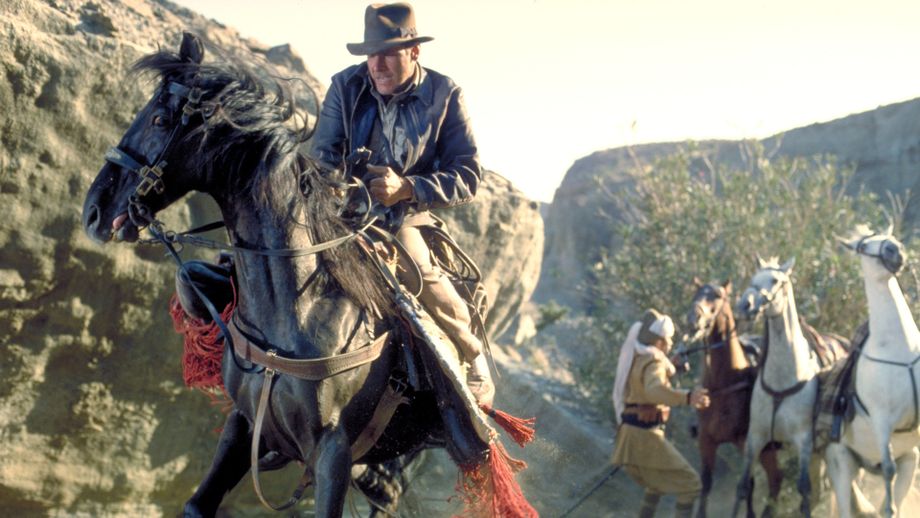

KY: In talking about the sounds of both Indiana Jones and Star Wars, there’s you and then, of course, there’s John Williams, who provided the music. I'm curious, would you two be kind of siloed while working on the same film, or would you compare notes? Or was there a bit of rivalry there?
BB: A little of all of that. In the established movie industry, music is sacred. It’s up here on this high platform, and sound effects are near the bottom, down near the animal trainers and the caterers. When I entered the industry, there wasn’t traditionally any communication between sound editing and the composer. You just arrived at the mix with your sound effects, and the composer sent his music over, and the mixers did their best to sort it all out. At Lucasfilm, we were trying to exert more control – George didn't want to wait until we started mixing. So, right when we had the first assembly of a scene, I’d sketch in sound effects and we’d put in temporary music, and we’d follow this kind of pattern: screening it for ourselves periodically, really trying to work sound and music together, even though we knew it wasn’t the final music. And then Johnny Williams would be invited in, and he’d sit down with Lucas and Spielberg, let’s say, and really talk about what kind of music they wanted and where. By the time we get to that final mix, everybody’s kind of educated – that’s what we’re hoping for. We know that John Williams is going to come in with wonderful music, but it’s not going to be real surprising. We already know there’s going to be a march here, a love theme here, a suspense theme there…
Over the 10 years, let’s say, from Star Wars, the first one, to Last Crusade, I had ever-increasing interaction with Johnny Williams. On Return of the Jedi, we talked a lot about the music the Ewoks would have, and I got to write the lyrics to the song he wrote [“Ewok Celebration,” a.k.a. “Yub Nub”]. There might have been a hidden sense of rivalry, sure. I was getting attention for my sound effects and sound effects are not really interesting to musicians; they tend to mask the orchestra. And that’s true – but you can't have a motorcycle chase without the motorcycle sound. If there’s sound and music at the same time, you have to work out a back and forth. It’s really all music, in a sense – we’re just a noisy part of the orchestra.
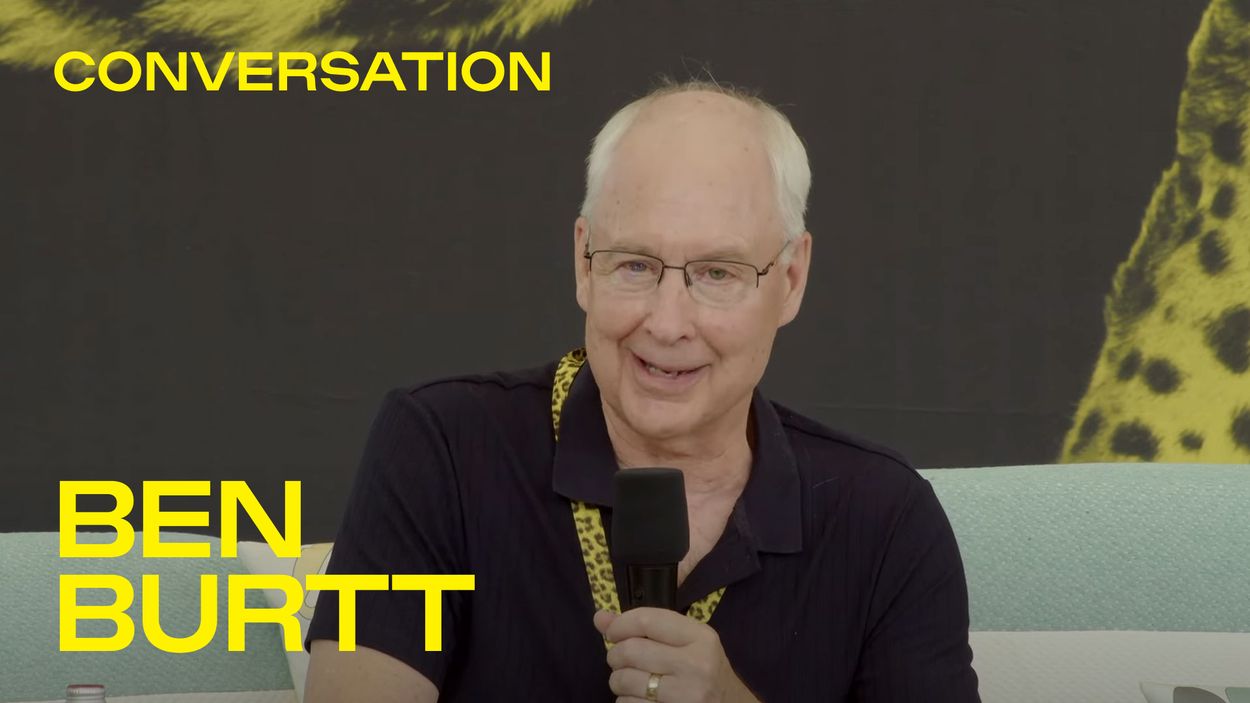
KY: I also have to ask you about the Star Wars prequels: not only did you do sound on all three, but you were also the only throughline editor. Editing those films must have been a huge game of 4D chess, because of how much ground they were breaking on the digital technology front. I was curious as to how that role came to you, and how much trepidation you felt taking it on.
BB: Well, as you know, George Lucas was always interested in new technology, and he invested a lot of money into finding ways to make movies that would satisfy his needs. One of those was to try to develop digital sound; another was learning to manipulate imagery digitally. Out of that came Pixar, for instance – which was not initially a company that made films, but a tool for working with digital images – and also the EditDroid, which was the first nonlinear editing system. I was on hand during all of that, and I was very interested in it; I was kind of a test pilot with the EditDroid, because most fulltime picture editors found it frustrating to work with this new tool that broke down and didn’t do everything they were used to. But I was willing to use it, because I wanted to cut the home movies that I’m always making, and this was a quick way to do it, and cheaper. And I had been a film student – I wasn’t just interested in sound, I always wanted to be a director, an auteur, like every other film student – so I had the skills to edit. I was doing lots of projects within Lucasfilm and for outside customers, cutting IMAX movies digitally; all this was an experiment. The Young Indiana Jones Chronicles, from 1992 to 1996, was a real proving ground, we discovered that you could do amazing things in the editing room: you digitized the picture and then we could erase a character. I remember the day we figured that out. George Lucas saw that, and it was this moment of, “Oh my gosh, look at what the future brings! We can keep directing the movie in the editing room, we can break images down and put them back together a new way, and we can do it kind of cheaply.”
Certainly for the prequels, we put all that effort into it. George Lucas was beginning to achieve his dream, which was to sit on the couch and say, “Let's try this, let's do that.” The level of activity in the editing room was increased by an enormous amount, and it got more and more complicated, and we tried wilder and crazier things. And then there were the digital characters – we’d never had digital characters before Jar Jar Binks. That was a whole thing: How do you film a character reference on set, and then in the editing room create the performance for the animated character? Looking back, it was thrilling, that “anything goes” kind of feeling. It changed the way movies were made, the prequels. But today when I say that, nobody’s impressed anymore, because it’s practically just the normal tools that any kid has on iMovie.
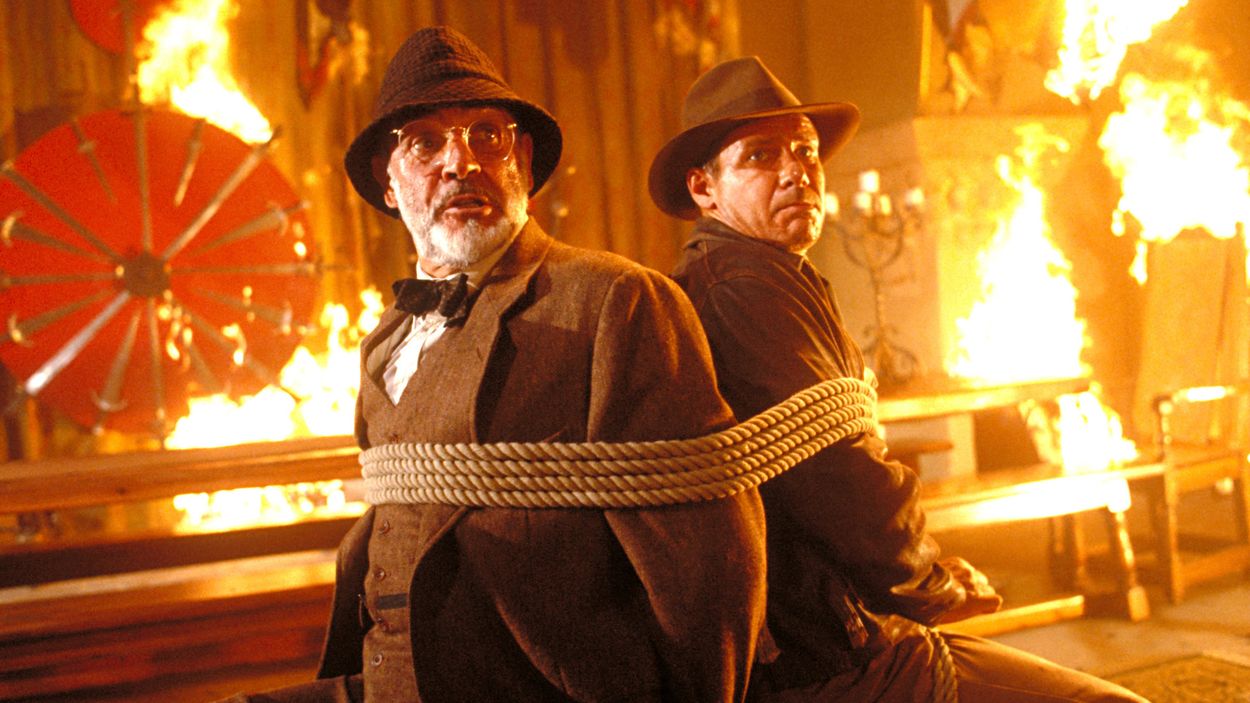 ©Images Courtesy of Park Circus_Paramount
©Images Courtesy of Park Circus_Paramount
KY: Does it ever feel like a Pandora's Box, though – embracing digital; the standardization of this idea of “directing in the editing room”?
BB: Yes, definitely, there is a Pandora’s Box element to it. You need to have discipline with this very flexible, very fast-moving methodology, because it allows for procrastination. When it was all film, you really were governed by a much more linear process. It's very expensive to make changes with film, because you'd need to get a new print from the lab. You don't have the freedom to change something at the last moment unless it's really an emergency, and you're willing to pay a lot of money. But digital is not expensive, insofar as the media doesn't cost you anything. You’re not forced to move forward in the same way: I can save my version as editor, I can save the director’s version, I can save a different version for each producer – and the studio can be in competition, cutting with their own editor. So you get this multiplicity of versions, it’s very hard to keep track. Instead of narrowing the film down, making it the best you could in the time available, now it’s more like a circle of people all doing their own versions and they finally collide in the middle, and somebody has to sort it out.
KY: Someone has to find the nucleus.
BB: Yeah. And it’s like, radioactive. It’s fission – if it doesn’t go well, it blows up. Maybe I’m going at it too philosophical, but from my age and my perspective, those are the kinds of things I see. I love the new technologies, they’re so convenient; I can put a whole feature film together on my laptop and it would look darn good on most screens. I have a 24-year-old daughter who does editing – it’s not her profession, but she just absorbed it along the way – and she’s just quick and nothing bothers her. It’s just, “Oh, I'll move that over here, and I'll change that.”
KY: Doesn’t she know she’s supposed to be tearing her hair out?
BB: Right, it makes it hard to say, “Wait a second, it’s a hard job!”
KY: Well, it’s still hard to make something good. I think that often gets lost.
BB: That’s always been the challenge: do we end up making better films? Well, they’ve been working with that problem for 150 years, you know, and there are great films made at every time in cinema history. There’s no better era than another, that’s not the way it works in art. There are eras you pass through where these are the favored tools, and then there’s another era where it’s a different set of tools – and the best films will migrate around.